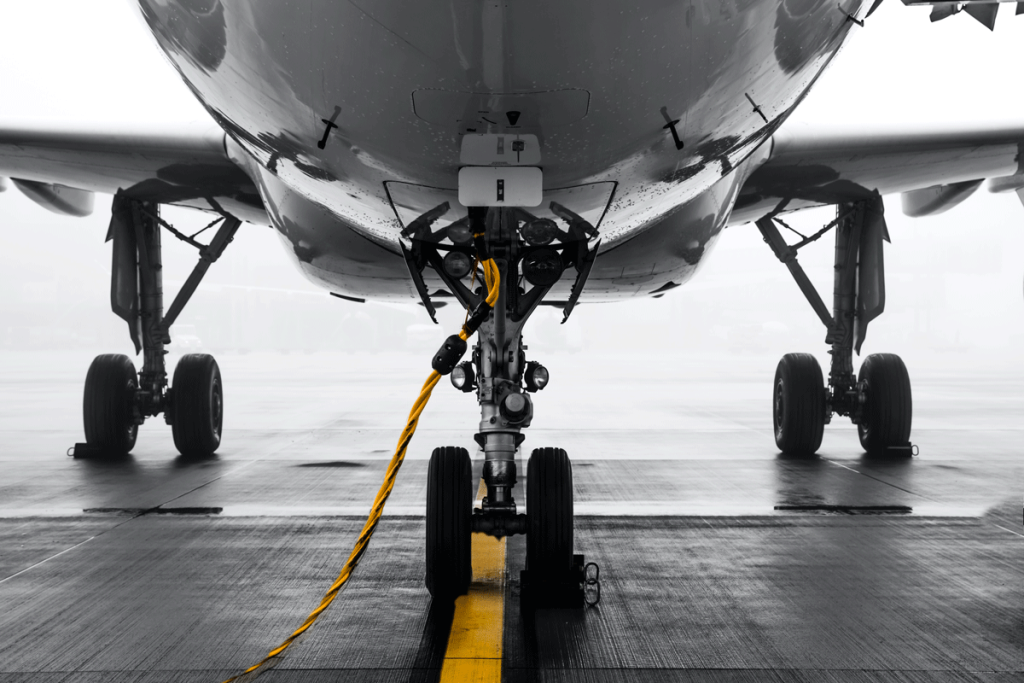
New generation narrowbody engines remain a highly liquid asset with strong orderbooks, reflecting a complete post-pandemic recovery for this type, according to data revealed by the leading aviation market intelligence and consultancy company, IBA.
For the same engine type (LEAP-1B27/CB2/28), lease rates remained steady during the pandemic but as demand has subsequently increased so have its lease rates. Comparatively, the PW1127G took longer to see its lease rates increase. The LEAP-1B27/CB2/28 lease rates were US$102,000 pm in 2019 and were at US$120,000 pm by 2023, having started to climb in 2021. The PW1127G were US$95,000 pm in 2019 and also increased to US$110,000 pm in 2023, but with the increase only achieved from 2022. Overall, the engine market share for the A320neo is 55% for the LEAP-1A and 45% for the PW1100G.
Value of current generation narrowbody engines are recovering at a slower rate although a delta remains between older engine variants. Base values have not recovered to pre-pandemic levels and the gap between base value and market value has increased over time which IBA suggest shows market volatility. In 2019, market value to base value was at 107% for the CFM56-7B26/3 and this has decreased to 93% in 2023.
Lease rates for this type of engine have nearly recovered to pre-pandemic levels for the CFM56-7B which were at US$73,000 pm in 2019 and are now at US$72,000 pm in 2023.
New generation widebody engine values remain strong but the Covid-related lag in the recovery of the widebody market is still apparent in engine values. Monthly flights per fitted engine type on the GEnx-1B were at 27,670 in January 2019 and this has increased to 36,951 by January 2023.
Popular engine types are showing the most growth, whereas engines with smaller fleets are lagging behind. For the popular Trent XWB-84 (used on the Airbus A350), base values in 2019 were at US$21.45m in 2019 and are now at US$23.89m in 2023.
Turning to mature widebody engines, IBA predicts that this market will not recover to pre-pandemic levels. However, long-haul markets are opening up, resulting in greater value stability. For instance, monthly flights per fitted engine type on the Trent 700 (used on the Airbus A330ceo) were at 19,783 in July 2020 and this has increased to 31,411 in March 2023. However, by pre-Covid comparison, flight numbers were at 56,917 in March 2019.
Overall, some market value strength is still observed in the 747 and 767 engine markets. The GE90-115BL was valued at US$20.98m in 2019 and this had decreased to US$13.92m in 2023. By comparison, the CF6-80C2B4F was at US$2.26m in 2019 and is now at US$1.6m in 2023.
For the regional engine values, the E-Jet engine market remains volatile, whereas the CF34-8C has seen increased demand. The PW1524G value is increasing year-on-year having been at US$8.39m in 2019 and is now at US$9.19m in 2023. For this aircraft, the market value is on par with base values at 99%. Looking at lease rates, these remain largely steady with the PW127M showing positive signs of improvement having doubled from US$15,000 pm in 2022 to US$30,000 pm in 2023.
Looking at the wider market, loosening travel restrictions is resulting in increased passenger demand, notably in the Asia-Pacific market and China’s relaxation of its Zero-Covid policy. Summer 2022 also saw a bottleneck of surging passenger travel demand with a lack of aircraft and engine maintenance staff to support it.
IBA’s shop visit forecast indicates that as more engines come back online, there will be increasing bottlenecks for MRO services. This is mainly due to many engine shop visits being deferred during the pandemic now needing a performance restoration due to the increased passenger demand.
As such, IBA forecasts turbulence ahead for the engine market. Previously deferred shop visits will result in an increased backlog of demand, and turnaround time will have to be increased due to a lack of supply and staff to support.




_-_127500_-_42fd05a5cae0c02f2a3f780c08ef865d284cc72c_yes.jpg)




